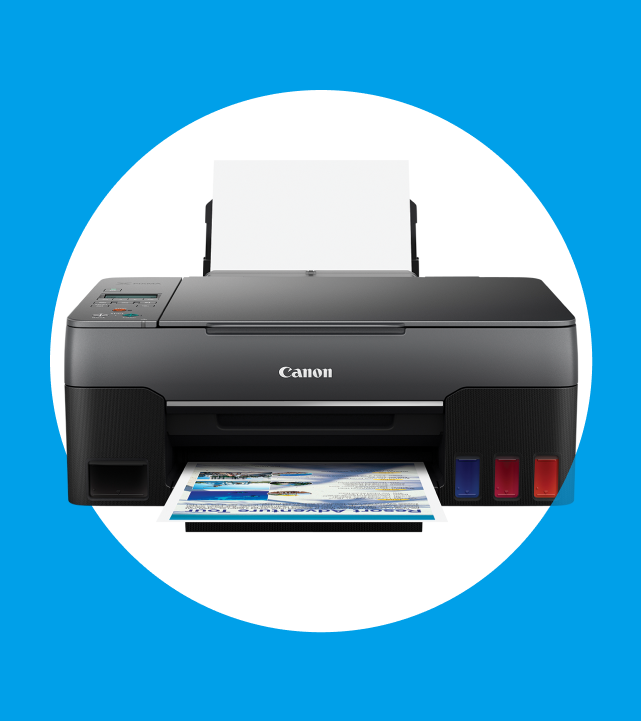GROWING PAINS
Six steps to an effective email database
Email marketing is an efficient and cost-effective way to develop productive and profitable relationships with current and future customers. To do it, however, you need an email database. Below are six key steps to build one.
1. Learn the rules before you press ‘send’
Fortunately, the rules in the Unsolicited Electronic Messages Act 2007 are clear. To summarise, businesses must ensure they:
- Have consent to email the recipient
- Are identified as the sender of the email and include their contact details
- Have a functioning ‘unsubscribe’ option
- Don’t use software that harvests emails, or email lists generated using such software
- Comply with the Privacy Act 1993, e.g. avoid giving email addresses, without permission, to other businesses
2. Pick an email service provider
There are many email marketing providers to choose from, such as MailChimp, Vertical Response and ReachMail. Most of them offer free accounts which, despite having more limited features than paid options, are fine for starters.
Using a provider lets you:
- Store your email list securely online
- Manage subscribers easily
- Design and send emails quickly
- Check open rates and other metrics
3. Prepare your website
Email marketing providers usually offer templates for opt-in forms, which you can add to your website to encourage people to subscribe to your email updates. An example of a simple opt-in form is near the bottom of any page of The Meeting Room.
Of course, if you have an e-commerce site, then you will almost certainly be collecting customers’ email addresses anyway. The key thing is to also get their consent to send them marketing updates.
Take the opportunity to get such permission offline too. For instance, if you’re an electrician, you could add an opt-in to receive email updates to your hard copy job forms.
4. Give people a reason to sign up
To gain more email addresses, you could create valuable online content, such as an eBook or a regular blog. Write on topics you can talk about engagingly and with authority, and which customers and prospects would find useful. Invite people to subscribe to your blog or submit their email addresses to download the eBook.
Most importantly, anything you email to people should be relevant and valuable to them in some way.
Giveaways and competitions with the right terms and conditions can be a good way to promote your business and build your email list. Think about offering a prize for joining your mailing list and announce the winner to all subscribers.
5. Get on social media
Promoting your content and offers on social media is a powerful way drive people to your website and to join your email list.
Building this list should be your ultimate goal here. Unlike information on your social media followers, it is your organisation’s property and – with the correct permissions – can be used as it suits you.
6. Don’t purchase email lists
Don’t buy or rent email lists. Using these might get you in legal trouble, they are often poor quality, and they don’t create the best first impression. Would you want an email from an organisation you’ve never done business with or shown any interest in? Building your own list is a much better approach.



